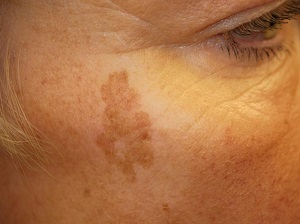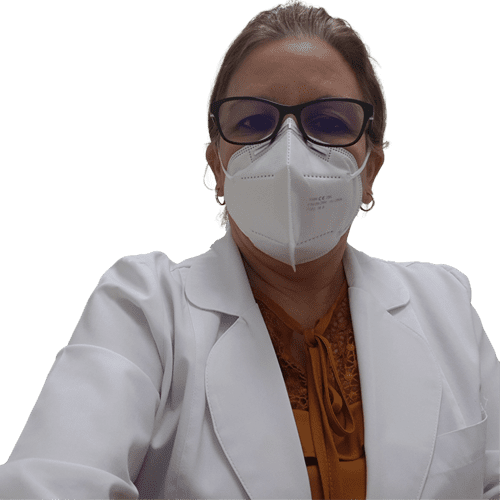Age spots, also known as liver spots or solar lentigines, are flat, brown or grayish patches that appear on the skin, typically in areas exposed to the sun, such as the face, hands, shoulders, and arms. While age spots are harmless and not a cause for concern, many individuals seek ways to reduce their appearance for cosmetic reasons. Here are some strategies to help minimize the appearance of age spots:
- Sun Protection: Protecting your skin from the sun is crucial in preventing the formation and worsening of age spots. Apply a broad-spectrum sunscreen with an SPF of 30 or higher daily, even on cloudy days. Wear protective clothing, such as hats and long sleeves, and seek shade when the sun is at its strongest.
- Topical Treatments: Over-the-counter or prescription-strength topical creams or serums containing ingredients like hydroquinone, retinoids, azelaic acid, vitamin C, kojic acid, or niacinamide may help fade age spots over time. These ingredients work by inhibiting melanin production or promoting skin cell turnover. Consult with a dermatologist to determine the most suitable treatment for your specific needs.
- Chemical Peels: Chemical peels involve applying a chemical solution to the skin, which causes exfoliation and the subsequent shedding of the top layer. This can help reduce the appearance of age spots by promoting new, healthier skin growth. Professional chemical peels should be performed by a qualified dermatologist or skincare professional.
- Laser and Light Therapies: Various laser and light-based treatments, such as intense pulsed light (IPL) therapy or fractional laser resurfacing, can target age spots and promote their fading. These treatments work by selectively targeting the pigment in the spots, breaking it down and allowing the body to naturally eliminate it. Consult with a dermatologist or cosmetic specialist to determine the most appropriate laser or light therapy for your situation.
- Cryotherapy: Cryotherapy involves freezing the age spots with liquid nitrogen, which causes them to blister and eventually fall off. This treatment is typically performed by a dermatologist and may require multiple sessions for optimal results.
- Makeup and Concealers: If you prefer a non-invasive, temporary solution, using makeup and concealers specifically designed to camouflage age spots can help minimize their appearance. Look for products that provide good coverage and blend seamlessly with your skin tone.
It’s important to note that age spot treatments may take time and consistent application to achieve noticeable results. Additionally, it’s crucial to practice sun protection and maintain a healthy skincare routine to prevent the formation of new age spots. Consult with a dermatologist to discuss the best treatment options for your specific needs and to ensure a safe and effective approach.
Frequently Asked Questions
Age spots are generally harmless and do not indicate a serious medical condition. However, if you notice any changes in the appearance of a spot, such as sudden growth, irregular borders, or changes in color, it is advisable to have it evaluated by a dermatologist to rule out any underlying issues.
There are several treatment options available to fade or remove age spots. These include topical creams or serums containing ingredients like hydroquinone, retinoids, or vitamin C, chemical peels, laser and light therapies, cryotherapy, and makeup or concealers designed to camouflage the spots. Consulting with a dermatologist will help determine the most suitable treatment for your specific situation.
Some home remedies that may help fade age spots include applying lemon juice, apple cider vinegar, aloe vera gel, or yogurt to the affected areas. However, it’s important to note that the effectiveness of these remedies may vary, and it’s best to consult with a dermatologist for professional advice.
Dr. Perez Can Help You
Remember, it’s always best to consult with a dermatologist for an accurate diagnosis and personalized treatment plan for age spots or any other skin concerns.


